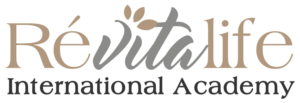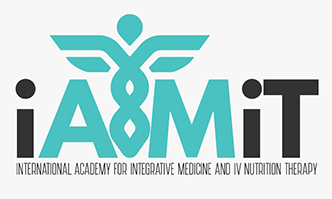
Al Razi Bldg. 64
Healthcare City, Dubai
+971 4 452 0646
Mon - Fri: 9:00 - 17:30


Healthcare City, Dubai


This certificate program for pharmacists and pharmacy technicians is a comprehensive practice based educational activity designed to provide didactic and hands-on training allowing the participants to develop knowledge and skills necessary to compound sterile preparations safely and effectively.
Participants Processes
© All rights reserved by - Dr. Guillaume Safah
Made by ❤ Revitalife art desk